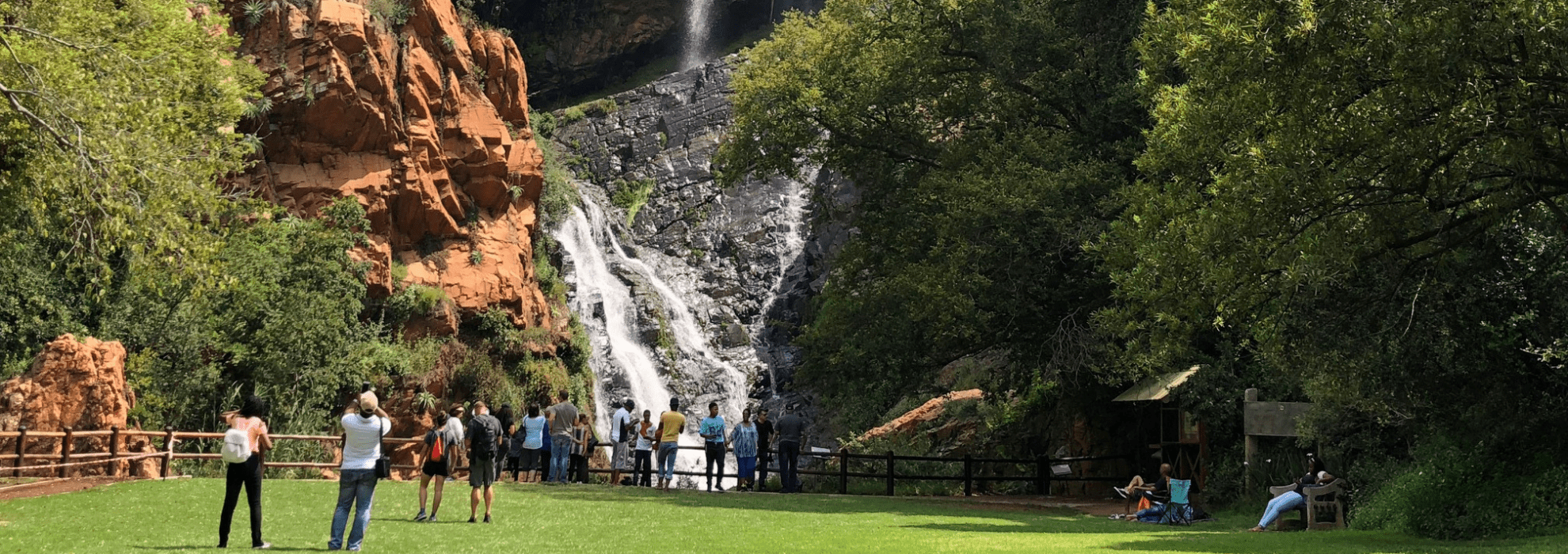The Ultimate Guide To Johannesburg North Attractions
The Ultimate Guide To Johannesburg North Attractions
Blog Article
Some Known Details About Johannesburg North Attractions
Table of Contents5 Simple Techniques For Johannesburg North Attractions4 Easy Facts About Johannesburg North Attractions ExplainedThe Definitive Guide for Johannesburg North AttractionsUnknown Facts About Johannesburg North AttractionsNot known Factual Statements About Johannesburg North Attractions 3 Easy Facts About Johannesburg North Attractions Shown
The city expanded on the side of the Witwatersrand Main Coral reef, a below ground stratum of gold-bearing quartz-silica corporation that arcs for hundreds of miles below the Highveld - Johannesburg North attractions. Many of the gold mines in the city stopped operation in the 1970s, however in its day the Witwatersrand gold market accounted for even more than 40 percent of the world's yearly gold production.Johannesburg has a temperate climate. The city delights in regarding eight hours of sunshine per day in both winter months and summer season.
What rain the city receives falls virtually exclusively in the summer months, usually in incredible late-afternoon electrical tornados., where several citizens still depend on coal for gas.

Little Known Questions About Johannesburg North Attractions.
The equilibrium of the city is occupied by whites. Holiday accommodation varies in personality and high quality.
Physical growth, although rather limited by transport, continued promptly as migration to South Africa, and Johannesburg in specific, increased considerably.
A lot of poor suburban areas were combined, with bad blacks and whites living together, although the rich residential areas were generally reserved for whites. This changed with the political election of the National Party in the 1948 elections, that started to formalise the system referred to as apartheid. Racism officially designated which suburban areas each race could stay in under the Team Areas Act.
The previous system of eleven numbered areas was reorganised in 2006. Marshalltown, as seen from the top of the Carlton Centre. The M1 and M2 run behind the structures, and the southern suburbs extend past the highway boundary. The internal city of Johannesburg lies within the city's Region F. The number of individuals living in the internal city on an informal basis is unidentified, as lots of are illegal immigrants. The joblessness, education and learning, and age profiles of the location are all unidentified, due to the problem of getting dependable information regarding look at this website the area.
Rumored Buzz on Johannesburg North Attractions
Centred on the CBD, the region consists of the residential areas of Yeoville, Bellevue, Troyeville, Jeppestown, and Berea to the east. To the west it spreads to Pageview (Johannesburg North attractions) and Fordsburg. There are little enterprise zones to the south, such as City West-Denver and Benrose. Around 800,000 travelers pass via the inner city every day, and it works as a local shopping node for visitors from the southerly suburbs. Yeoville and Bellevue have a mix of apartment structures and solitary household systems on tiny whole lots. The area is situated on a hilly divide that runs from eastern to west.

Johannesburg North Attractions for Dummies
R. see post Tambo International Airport). The eastern suburbs are a few of the oldest areas of Johannesburg, there are big neighborhoods of Jewish and other European backgrounds, the majority of the population is English speaking. There are 3 fairway as well as a number of secured ridges with viewsites. There are several well-developed and up-market entertainment and shopping locations in the east such as the Eastgate Shopping Center and the Greenstone shopping center.
The area is primarily composed of old "matchbox" houses, or four-room homes built by the federal government, that were constructed to offer economical accommodation for black workers during racism. Soweto is an acronym, standing for "South Western Townships". Road after street in this location is lined with matchboxes; however, there are a couple of smaller sized locations where thriving Sowetans have actually built homes that are a lot more similar in stature with those in more affluent residential areas.
Hostels are one more famous physical function of Soweto. Originally developed to house male migrant employees, several have actually been improved as homes for pairs and families. The N1 Western Bypass skirts the eastern limit of Soweto. The residential area was not historically allowed to produce work centres within the location, so mostly all of its homeowners are commuters to other components of the city.
Johannesburg North Attractions - The Facts
The property locations in the north suburban areas are mainly official, with no substantial areas of casual housing, or real estate that lacks an irreversible framework. This is a well established area, there is a fad of land use change from household to business, specifically along major arterial roadways and around well-known nodes.
Roadways to the east and west are less well created, as there are no freeways taking a trip in that instructions. Towards the north boundary of the city, the thickness of find development reduces, leaving large locations of untaught land around Midrand.
What Does Johannesburg North Attractions Do?
, which is situated on a hillside forgeting the inner city and Hillbrow.
Report this page